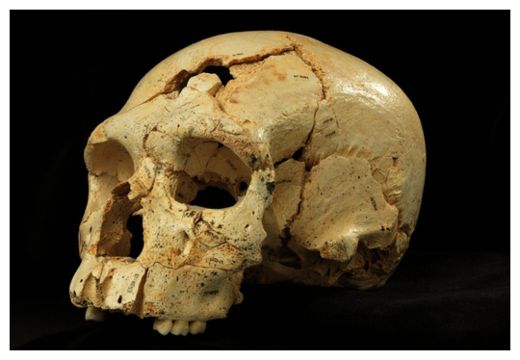
These new findings are based on 17 hominin skulls showing a mix of traits from Neanderthals and more primitive human lineages, dating back some 430,000 years. The specimens likely belonged to a hominin group within the Neanderthal lineage but perhaps not direct Neanderthal ancestors. (Hominins include modern humans and extinct ancestors and close relatives of the human lineage.)
The mix of traits suggests the defining features of the Neanderthal body may have evolved separately in stages instead of evolving together gradually, scientists added.
These findings also reveal that, evolutionarily speaking, "Neanderthals have very deep roots, as deep as 430,000 years," lead study author Juan-Luis Arsuaga, a paleontologist at and director of the Joint Center for Evolution and Human Behavior in Madrid, told Live Science.
"Modern humans, on the contrary, have roots only 200,000 years deep. It seems that modern humans evolved later."
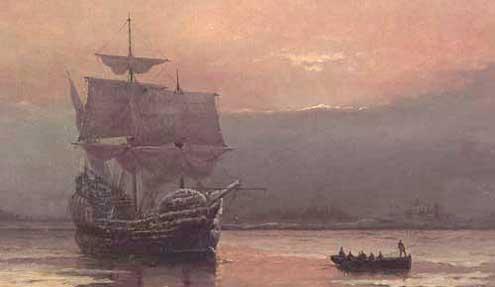
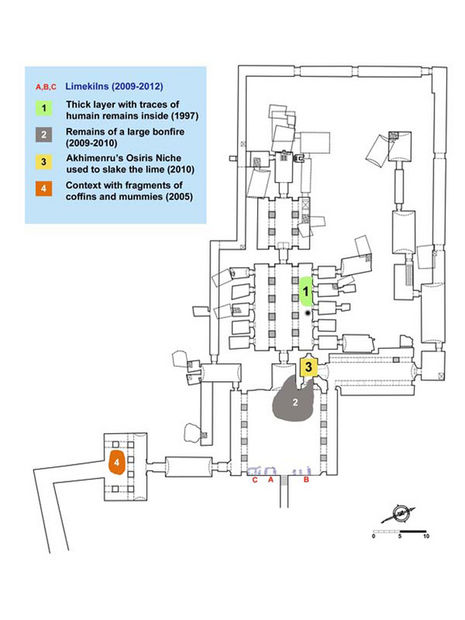

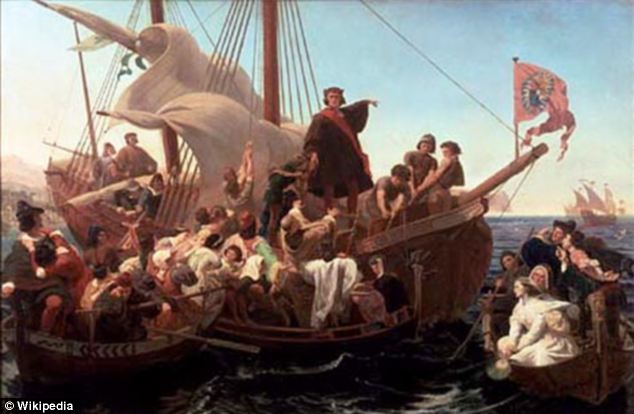

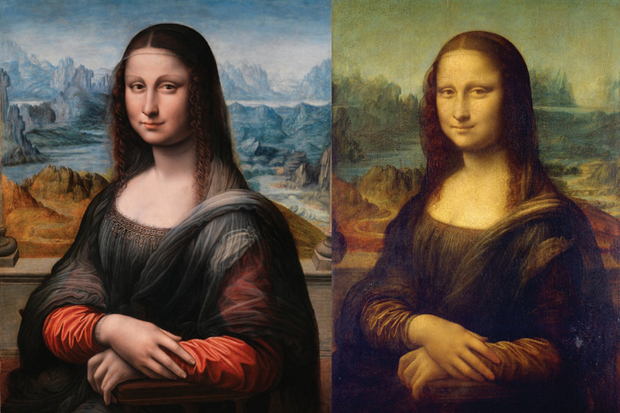






Comment: For a much broader perspective, you may read Earth Changes and the Human Cosmic Connection: The Secret History of the World - Book 3 by Pierre Lescaudron and Laura Knight-Jadczyk, also available here.
For more historical background, you may also read Laura Knight-Jadczyk's Comets and the Horns of Moses (The Secret History of the World, volume 2), also available here.